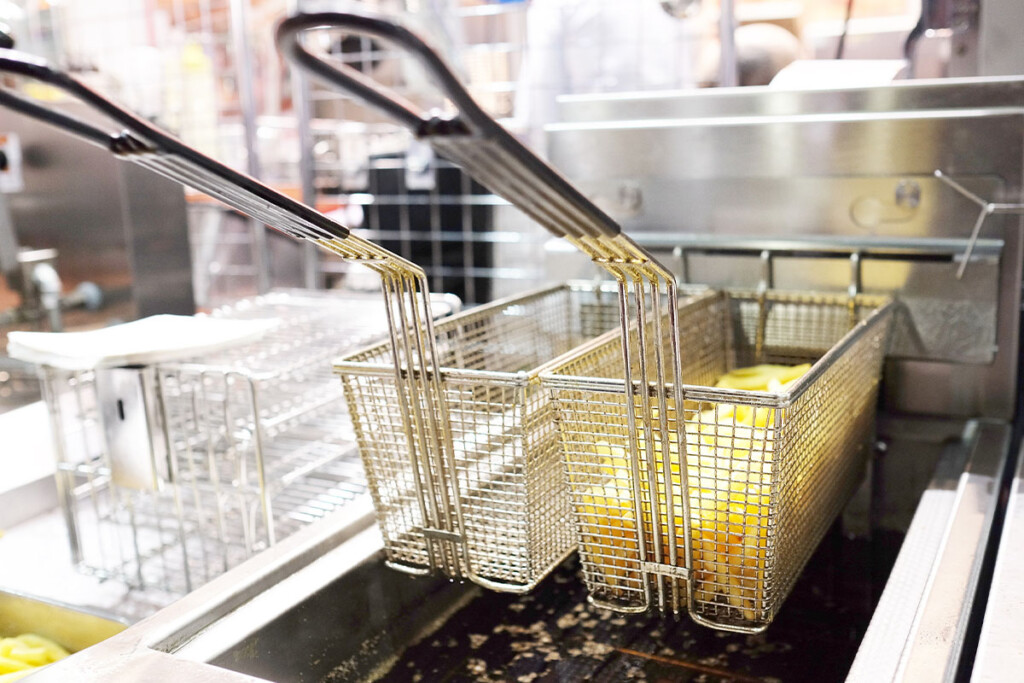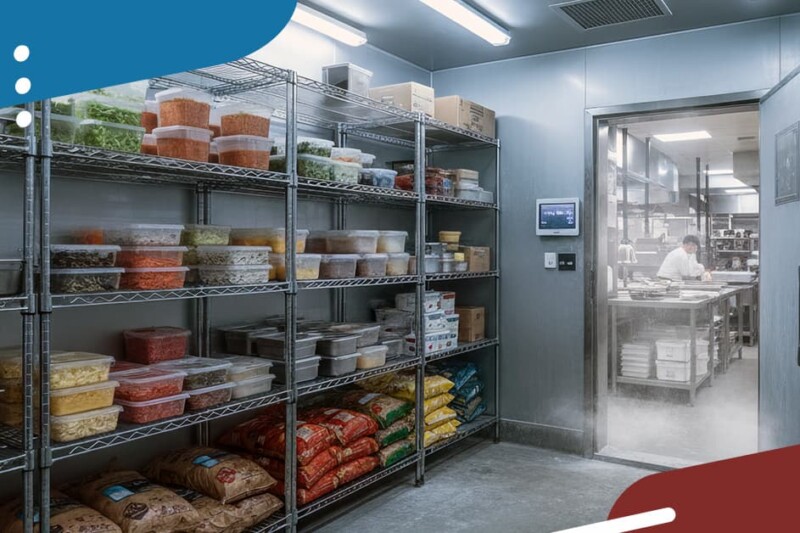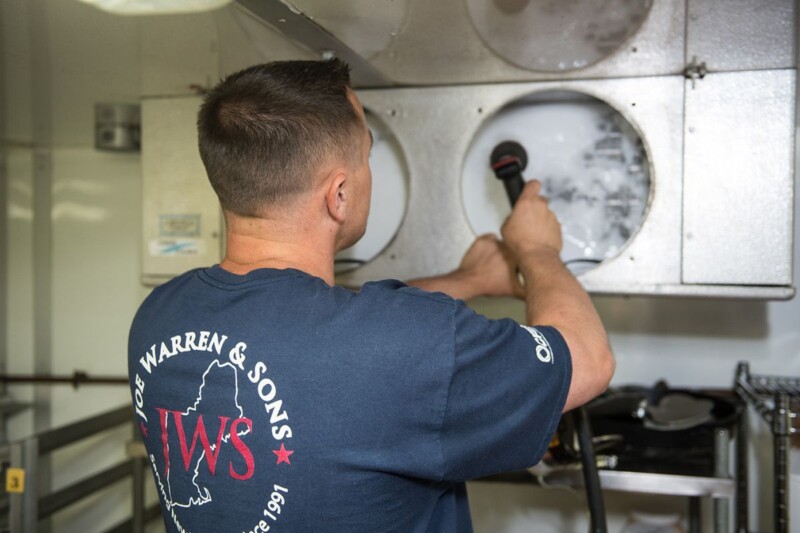4 Fryer Maintenance No-Nos
Service techs say doing fryer maintenance the wrong way could cost you as much as a new fryer.

Can you think of a restaurant that doesn’t have a fryer? Sure, they’re out there, but we like those crispy, hot fried foods so much that the idea of an operation without a fryer seems quite rare. Not only do fryers cook up the foods we love, but they’re just versatile enough to pinch hit when some of your other cooking equipment is tied up, like “roasting” fingerling potatoes or vegetables when your ovens are full, for example.
So, having your fryer go down on a busy Saturday night because your crew has been doing maintenance the wrong way isn’t good for business. A service call to repair it that costs almost as much as a new fryer just adds insult to injury. Here are four ways not to do fryer maintenance.
1. Leaving food debris in the fryer until it’s time to filter/change the oil. If food debris is allowed to accumulate in the fryer, it can build up on the bottom to the point it either causes poor heat recovery, and trips a heat recovery error, or, conversely, the high-limit switch. One operator’s 90-minute service call for a fryer’s heat recovery error on July Fourth ran about $500 for something an employee can do in a few minutes: skim food crumbs and debris out of the oil.
Worse, when employees tried to push a clean-out rod through all that food buildup to drain the fry pot, they damaged the drain, which cost about two hours in labor and $300 to $400 in parts to fix. Cooks should skim oil often as they fry, and filter oil on a more regular basis.
2. Filling a hot fryer with water for a weekly “boil-out.” Adding cold water to a fry pot right after draining the hot oil can cause the vat to crack, often next to a weld or along the weld itself. To avoid this, after draining oil into a caddy, let the fry pot cool before adding water for a boil-out, or be sure water is warm, not cold. A new fry pot costs about $650 before labor to install it; new fryers run as low as $750.
3. Filtering oil with whatever filter paper is handy. Draining oil through the wrong size filter paper, filter paper that has been cut and overlapped or filter paper made for something else (like your coffee brewer), can allow sediment to drain into the return lines or be drawn directly into the pump head. Taking everything apart to clean the lines or the pump can take two or three hours of labor and cost $100 to $200 in parts. Always use the right filter paper.
4. Declining a factory startup on a newly installed fryer. In a rush, one operator started a meal service with a newly installed fryer. Unfortunately, the fryer had a loose return line which leaked oil onto the kitchen floor the first time the oil was filtered that day, causing an employee to slip, fall and break his arm. The operator threatened to sue the service company that installed the fryer, but had signed off on the install, noting he had declined the factory startup. A free service, the factory startup would have tested the filtration system and caught the leak, giving the service tech a chance to tighten the loose return line before it became a problem. Always take the time to let an installer do a factory startup.
SOURCES
• Jon Wolfgang, branch operations manager, Clark Service Group, Philadelphia
• Greg Meleney, service technician, EMR Co., Salisbury, Md.
• Steve Pfaehler, senior technical trainer, Smart Care Equipment Solutions, St. Paul, Minn.
RELATED CONTENT
- Advertisement -
- Advertisement -
- Advertisement -
TRENDING NOW
- Advertisement -
- Advertisement -
- Advertisement -


